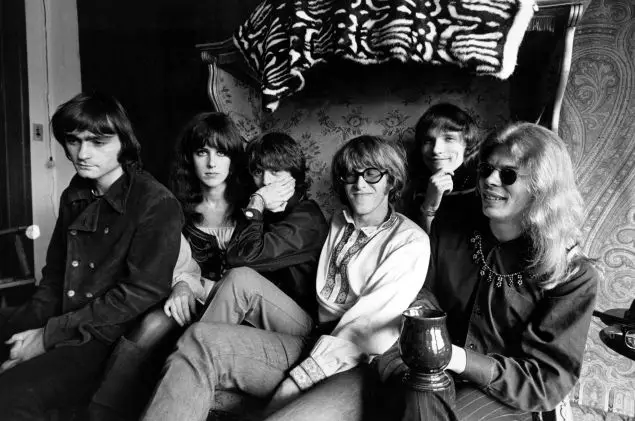Jefferson Airplane Albums Ranked
Jefferson Airplane was an American rock band based in San Francisco, California that became one of the pioneering bands of psychedelic rock. Formed in 1965, the group defined the San Francisco Sound and was the first from the Bay Area to achieve international commercial success. They were headliners at the Monterey (1967), Woodstock (1969), Altamont (1969), and the first Isle of Wight Festival (1968) in England. Their 1967 break-out album Surrealistic Pillow ranks on the short list of the most significant recordings of the Summer of Love. Two songs from that album, “Somebody to Love” and “White Rabbit”, are among Rolling Stone‘s “500 Greatest Songs of All Time”.
The October 1966 to February 1970 lineup of Jefferson Airplane, consisting of Marty Balin (vocals), Paul Kantner (guitar, vocals), Grace Slick (vocals), Jorma Kaukonen (lead guitar, vocals), Jack Casady (bass), and Spencer Dryden (drums), was inducted into the Rock and Roll Hall of Fame in 1996. Marty Balin left the band in 1971. After 1972, Jefferson Airplane effectively split into two groups. Kaukonen and Casady moved on full-time to their own band, Hot Tuna. Slick, Kantner, and the remaining members of Jefferson Airplane recruited new members and regrouped as Jefferson Starship in 1974, with Marty Balin eventually joining them. Here are all of Jefferson Airplane’s albums ranked.
Don’t miss out on the TIMELESS Jefferson Airplane music below! Click to experience the founders of psychedelic rock!
9. Jefferson Airplane (1989)
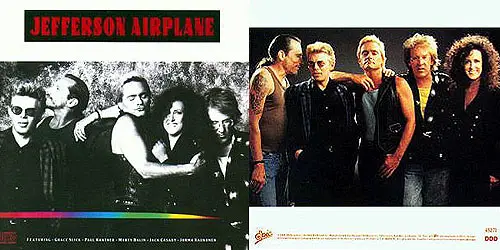
“This album is nowhere as bad as some folk say. It has some great songs but admittedly a couple of bummers. It has three major problems:
1) There’s no Spencer Dryden. He is a huge miss. Kenny Arnoff might be a great session drummer but he lacks Spencer’s originality and individual feel for each song.
2) Typical 80s over-production and then some – and then some more.
3) Too many ‘guest’ musicians; Nicky Hopkins would have been enough; no need for all the other keyboard players. The band has great rhythm, lead and bass guitarists of distinctive character. Why double up those roles and obscure that character? Why have backing singers? There are four of the greatest voices in Rock in the band, two of them superlative. Why muddy up the wonderful Balin/Slick/Kantner three part counterpoints? Jorma sounds compelling solo. He can be enhanced by Grace backing him but she will do. And why an extra bass player? You have Jack Casady for chrissakes and Airplane fans want to hear him. He doesn’t need any help!”
8. Early Flight (1974)
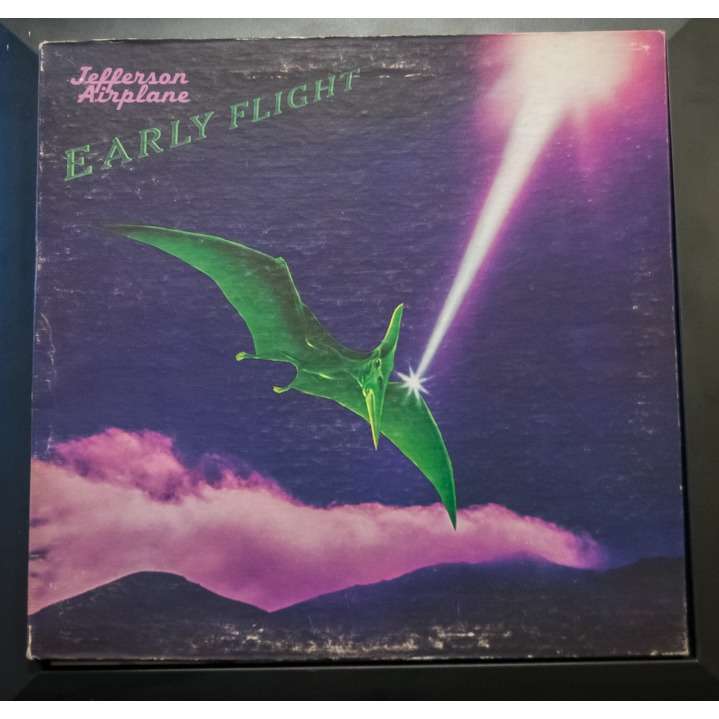
“Sad to say , the Airplane/ Starship musical family have put out some collections that were dubious at best . If you have the main Airplane studio stuff , this is what you need before springing for the lavish re- collections . Why ? Because this set features ” Mexico ” , one of the best Airplane songs ever , which mixes idealism and frustration into a musical question . The rest of the set features various other noodlings , of mild interest.”
7. Long John Silver (1972)
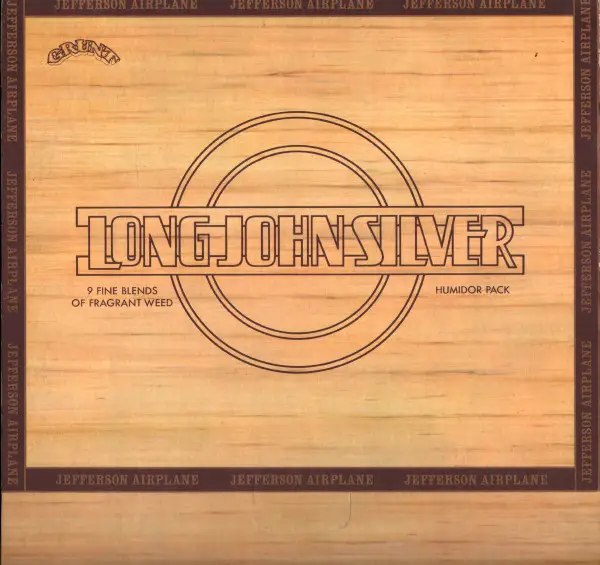
“Not counting the 1989 one-shot reunion album, this was the last studio album by Jefferson Airplane’s core lineup. Featuring classic numbers like “Trial By Fire” and “Milk Train”, the band was showing no signs of wear before the implosion that ended the group after the tour dates that followed this album’s release. Oh and the original album cover folded into a stash box for your weed.”
6. Bark (1971)
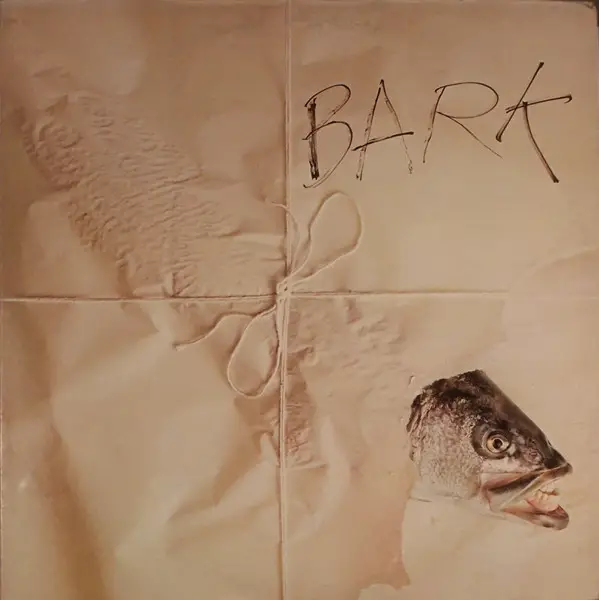
“It is obvious to hear that the band was under some stress with some of the members having moved on to pursue other aspects of their individual careers, What is interesting is that Hot Tuna was still attached to the Airplane at this point and had not yet moved off to take up their more traditional role in the music industry of the west coast ( Jorma and Jack ) were still belting it out for the Airplane as can be heard here. There are some significant tracks here like WHEN THE EARTH MOVES AGAIN, CRAZY MIRANDA, LAW MAN, PRETTY AS YOU FEEL, all very good cuts.
5. Jefferson Airplane Takes Off (1966)
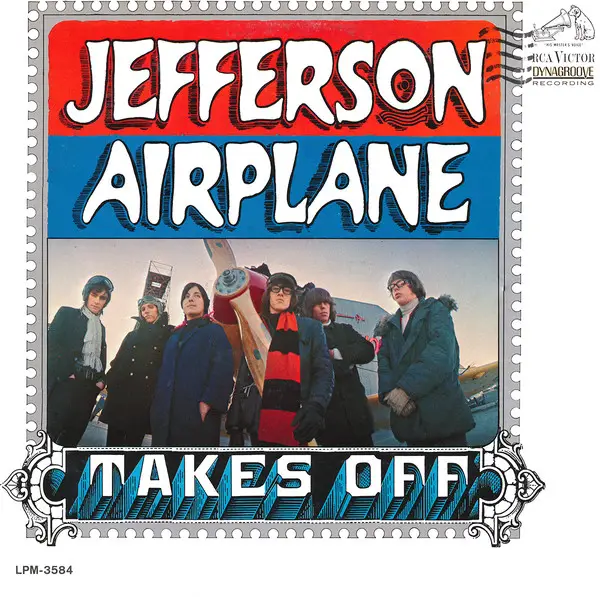
“Everything the Jefferson Airplane was to become was evident from this, their 1st album. As much as I love every JA album (Yes, I even loved Bark, Long John Silver & the reunion album) for me Takes Off has stood the test of time & is one of the albums I most frequently revisit. Other albums were more radical but for this one it was all a brand new revelation. The Sundazed reissue restores the long sought after original mono version. This sound on this pressing is rich & full bodied with a clarity and definition that just isn’t there on the CD. The whole Sundazed reissues series of the original five is great but the effect is most pronounced on Takes Off & After Bathing At Baxters though none are as good as the Mobile Fidelity version of Crown Of Creation. Of course the MFSL Creation album is out of print & finding a copy will run you a small fortune while these will run you under $20 a pop & for the quality I don’t think there is a better deal out these.”
4. Crown of Creation (1968)

“It appears that side one is more geared toward lyrics, having the music take a backseat. It’s as if they decided to forgo musical hooks so that the listener can zero in on the lyrical content. (Though “In Time” does have a meaty bass) I’m not saying the music is boring, just gently subdued. But I suppose organic, largely acoustic backings help mirror the disheartening themes. At least the instruments are clear as day in the mix. Since the lyrics are indeed weighty and eloquent, the songs deserve higher grades. “Star Track” is formulaic and his vocal is incredibly flat. I upgraded it because of the wah-wah solo, which is predictable, but still good. “Chusingura” seems like filler, although it works as a daunting epilogue to side one if you want to see it that way. “If You Feel” is like a tonic after undergoing that somber streak of songs. The tune of “Ice Cream Phoenix” is quite bland and so is the band’s execution of it, and it also withers in the lyrical division. Thankfully it’s succeeded by the classic “Greasy Heart”. It all culminates with the graphic and unnerving “The House At Pooneil Corners”, the album’s “crown” of “creation”, a portentous forewarning of what mankind’s enmity could someday provoke. So aside from those two lesser tracks, both penned by Kaukonen, this albums succeeds.”
3. Volunteers (1969)
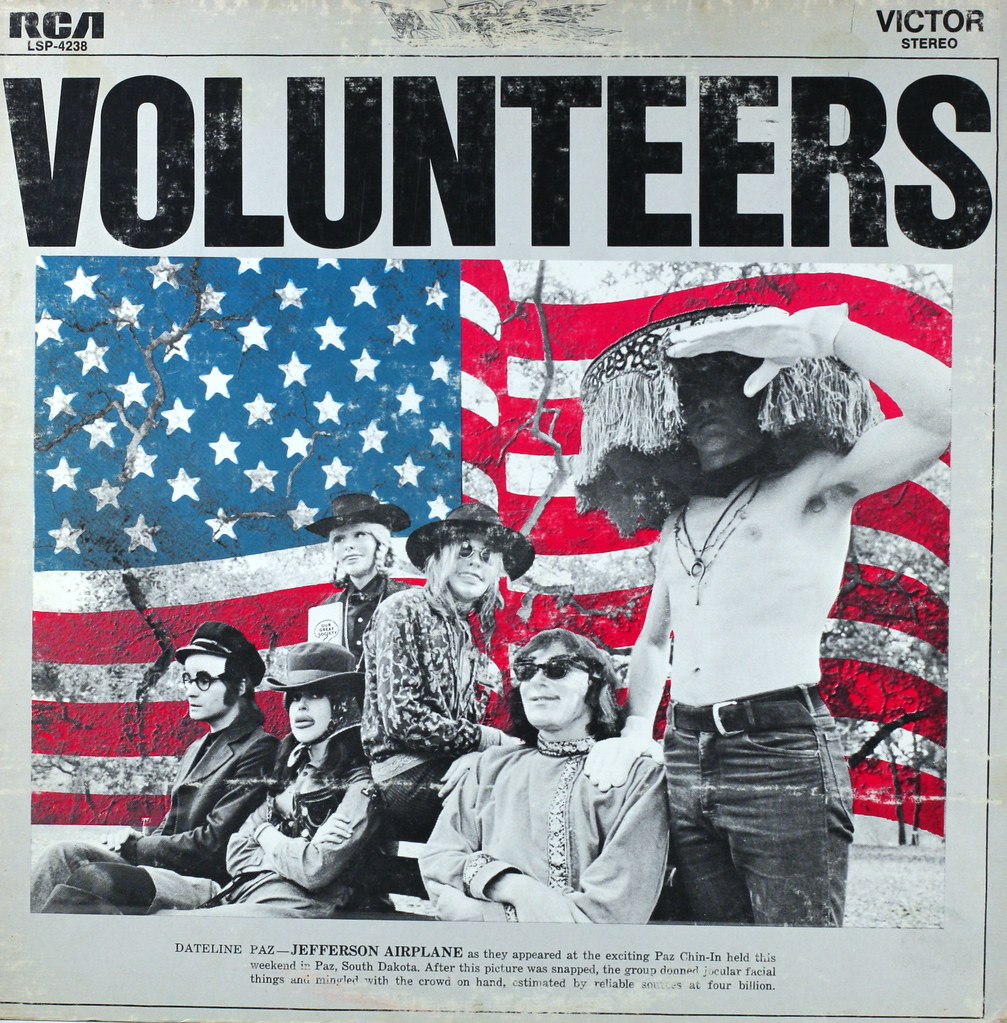
“One of the greatest records of my youth. Saw them perform this material many times but never as good as this recording. JA in the late 60’s played too loud and too fast live for my liking. This remastered version does it justice. Casady’s bass is much more pronounced. All the instruments and vocals can be heard individually unlike the original. Some nice bonus material that is similar to Pointed Head. A treasure!”
2. After Bathing at Baxter’s (1967)

“More than the Dead, more than Quicksilver, this band was San Francisco psychedelia. This is the most psychedelic of their output. Massive jams coupled with astonishing vocal interplay and a ton of ingestibles. Jack and Jorma are fearsome. Grace and Marty wail.
Pooneil
Spare Chaynge.
Saturday Afternoon/Won’t You Try.
1. Surrealistic Pillow (1967)

“In 1967 all that mattered to me about Jefferson Airplane was Grace Slick belting out the 2 iconic hits, “Somebody To Love” and “White Rabbit”, and this new band backing them up with hard rock and furnishing more rock extras as well, like “She Has Funny Cars”, “3/5 of a Mile in 10 Seconds” and “Plastic Fantastic Lover”. I don’t think I appreciated all of the tracks as much as I should have, nor did I take note of the fact that here was a group of musicians with diverse talents that were making diverse musical delights. Now I see how good some of the other tracks really are: the yearning of “Today”, the melodious folk-rock of “D.C.B.A.-25”, and the mid-tempo pop excellence of “How Do You Feel”. I can also spot sounds that remind me of bands like the Beatles and the Byrds. And I can put this album into perspective. I would not have called it commercial or mainstream in 1967, but now I can see that it was a launching pad from which JA took off wildly into many directions. This in no way diminishes the importance of “Surrealistic Pillow”. It was one of the key factors which brought about the Summer of Love, and it articulated many ideas that became 60’s gospel,”

